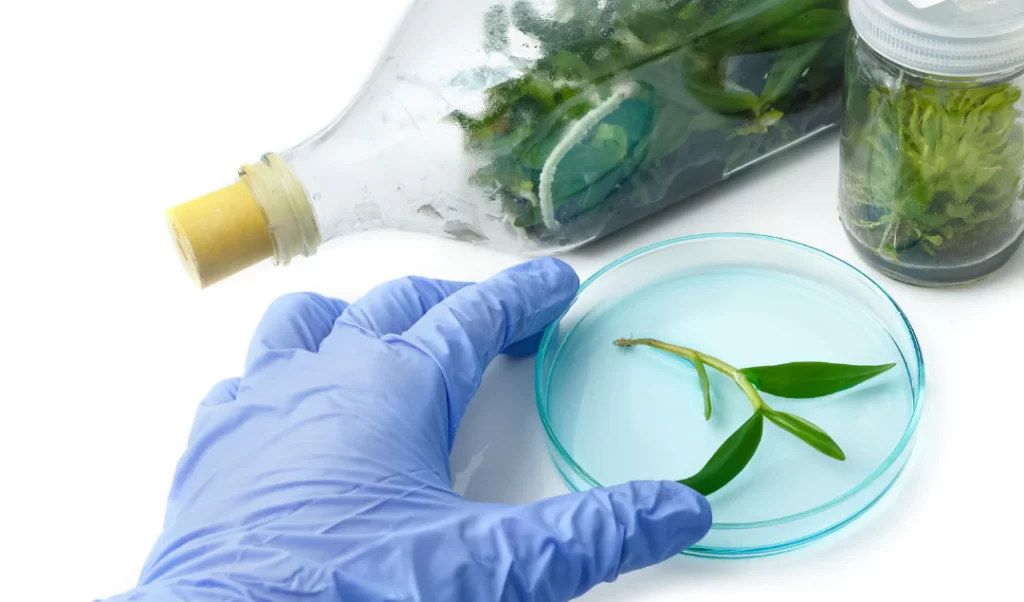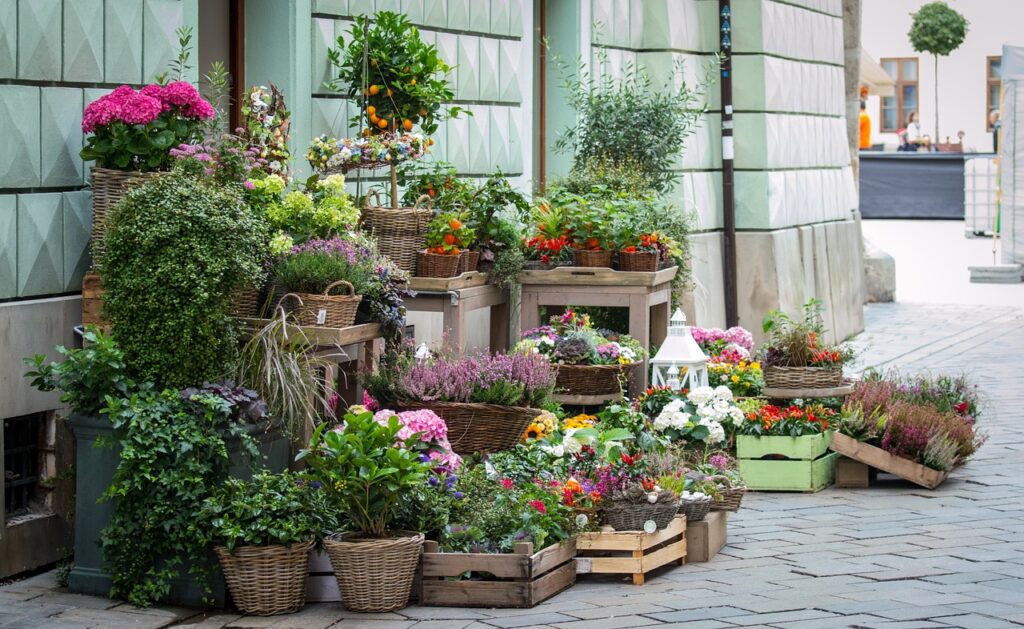Plant Tissue Culture: Myths vs. Reality
Plant tissue culture is a fascinating and innovative method used in horticulture and agriculture. Despite its benefits and widespread use, several myths and misconceptions surround this technique. Understanding the reality of plant tissue culture is essential for anyone interested in plant propagation, whether you’re a hobbyist or a professional grower. In this article, we will debunk common myths about plant tissue culture and reveal the true potential of this remarkable method.
Myth 1: Plant Tissue Culture is Only for Scientists and Professionals
Reality: Accessible to Hobbyists and Small-Scale Growers
One of the most pervasive myths is that plant tissue culture is exclusively for scientists and large-scale operations. While it’s true that tissue culture originated in scientific research, it has become increasingly accessible to hobbyists and small-scale growers. With the right guidance and equipment, anyone can set up a home tissue culture lab. DIY tissue culture kits are available, and numerous online resources provide step-by-step instructions, making it easier than ever to explore this propagation method.
Myth 2: Tissue Culture Produces Unnatural or Genetically Modified Plants
Reality: Tissue Culture Produces Clones of the Parent Plant
Another common misconception is that tissue culture results in genetically modified or unnatural plants. In reality, tissue culture involves cloning plants from small tissue samples, producing genetically identical offspring to the parent plant. This method does not alter the plant’s genetic makeup. Instead, it replicates the desirable traits of the parent plant, ensuring uniformity and consistency in the propagated plants.
Myth 3: Tissue Culture Plants are Prone to Diseases and Pests
Reality: Tissue Culture Produces Disease-Free Plants
Some believe that tissue culture plants are more susceptible to diseases and pests. However, the opposite is true. Tissue culture begins with sterilizing plant tissues and growing them in a controlled, sterile environment. This process eliminates pathogens and contaminants, resulting in healthy, disease-free plants. Tissue culture is particularly beneficial for propagating plants that are difficult to grow through traditional methods due to susceptibility to diseases.
Myth 4: Tissue Culture is Too Expensive for Small-Scale Growers
Reality: Cost-Effective with Long-Term Benefits
While the initial setup costs for a tissue culture lab can be higher than traditional propagation methods, it is a cost-effective solution in the long run. Tissue culture’s high efficiency, rapid multiplication, and production of disease-free plants lead to significant savings over time. For small-scale growers and hobbyists, the ability to propagate rare and valuable plants quickly can offset the initial investment, leading to greater profits and a more diverse plant collection.
Myth 5: Tissue Culture is a Complicated and Time-Consuming Process
Reality: Manageable with Proper Guidance and Practice
It’s easy to think that tissue culture is too complicated and time-consuming for the average person. While there is a learning curve, the process becomes manageable with proper guidance and practice. Numerous resources, including online tutorials, workshops, and community forums, provide support for beginners. Once you become familiar with the techniques, tissue culture can be a straightforward and efficient way to propagate plants.
Myth 6: Tissue Culture Can Only Be Used for Certain Types of Plants
Reality: Versatile Method for a Wide Range of Species
Many people believe that tissue culture is limited to specific types of plants. In reality, tissue culture is a versatile method that can be applied to a wide range of plant species, including ornamental plants, fruit trees, vegetables, and even medicinal plants. This flexibility makes tissue culture a valuable tool for various horticultural and agricultural applications, from commercial production to conservation efforts.
Myth 7: Tissue Culture Plants Lack the Aesthetic Quality of Traditionally Grown Plants
Reality: High-Quality Plants with Desirable Traits
Some growers worry that tissue culture plants might lack the aesthetic quality of traditionally grown plants. However, tissue culture produces high-quality plants that retain all the desirable traits of the parent plant. These plants often exhibit better vigor, uniformity, and health, making them ideal for both decorative and functional purposes. Whether you’re growing orchids, ferns, or succulents, tissue culture can enhance the aesthetic appeal of your plant collection.
Myth 8: Tissue Culture is Not Environmentally Friendly
Reality: Sustainable and Eco-Friendly Propagation Method
There is a misconception that tissue culture is harmful to the environment. In fact, tissue culture can be an environmentally friendly propagation method. By producing disease-free plants, tissue culture reduces the need for chemical treatments and pesticides. Additionally, the efficient use of resources, such as space and water, minimizes the environmental impact of plant production. Tissue culture also plays a crucial role in conserving rare and endangered plant species, contributing to biodiversity preservation.
Myth 9: Tissue Culture Results in Weak or Inferior Plants
Reality: Produces Strong, Vigorous Plants
Some believe that tissue culture plants are weak or inferior to those grown through traditional methods. In reality, tissue culture produces strong, vigorous plants that often outperform their traditionally propagated counterparts. The controlled environment and careful selection of parent plants ensure that tissue culture plants have optimal growth and development conditions. This results in robust plants with enhanced resistance to environmental stressors.
Myth 10: Tissue Culture is a New and Unproven Technique
Reality: Tissue culture is not a new or unproven technique. It has been used successfully for decades in both research and commercial horticulture. The method was first developed in the early 20th century and has since evolved and improved. Today, tissue culture is a well-established practice with extensive scientific literature supporting its efficacy. Its widespread use in the production of many crops, ornamental plants, and conservation efforts attests to its reliability and benefits.
Conclusion
Plant tissue culture is a versatile and effective propagation technique that offers numerous benefits. By debunking common myths and misconceptions, we hope to encourage more plant enthusiasts to explore and embrace this innovative method. Whether you are a hobbyist looking to expand your collection or a small-scale grower aiming to increase production, tissue culture provides a valuable tool for achieving your goals. With the right knowledge and approach, you can successfully navigate the world of plant tissue culture and enjoy the rewards of growing healthy, vibrant plants.



